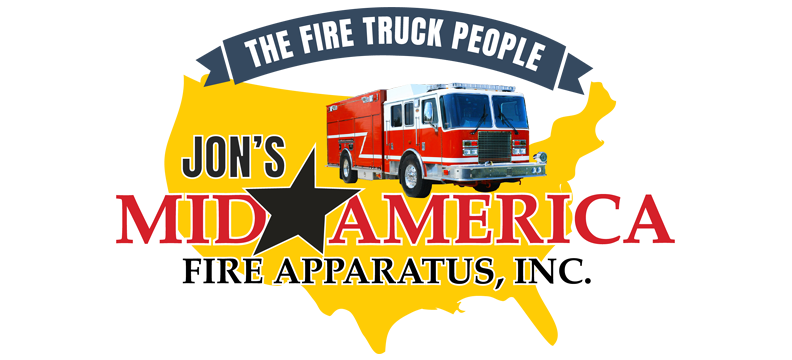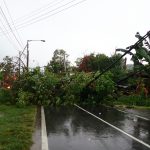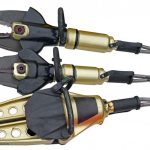Electric cars benefit the environment in many ways. They are a form of renewable energy that places minimal impact on the environment and does not emit harmful gases into the ozone layer. The rise in popularity of a sustainable auto source has led to businesses like Tesla, companies that specialize in electric car development. Due to the lithium-ion batteries that power electric cars, the risk of these vehicles catching fire is potentially more significant than a combustion engine in a gasoline-driven car. In today’s blog by Jon’s Mid-America Fire Apparatus, these are some firefighting tips to combat electric vehicle fires.
Determine the Fire Class Before Taking Action
Before fighting an electric fire, determine the fire class you are facing beforehand. For each fire class, there are different procedures and approaches firefighters must consider avoiding making matters worse. Four fire classifications known to firefighters are A, B, C, or D. Jon’s Mid-America Firefighting tips explain what to expect for each category and the proper extinguishing actions to avoid enhancing them.
Class A (Fires, Tires, and Fabrics): Water, Dry chemical fire (DCP), and foam extinguishers are ideal for class A fires that result from burning woods, upholstery, and furnishing.
Class B (Fuels, Paints, Oils): Portable Carbon Dioxide (CO2) or Dry Chemical (DCP) fire extinguishers are best for this class.
Class C (Lithium-Ion batteries and electrical equipment): For this class, CO2 or DCP extinguishers work best for fires that typically involve electrical onsets.
Class D (Combustible materials, magnesium, lithium, aluminum): These fires overreact to carbon, air, and water, resulting in large combustion. Dry powder or dry chemical extinguishers are best to suppress highly reactive fires such as these.
Assess the Risk
There are many risks associated with electrical fires. These fires radiate immense heat that is thousands of degrees hot. It is imperative to extinguish the fires based on their corresponding class. Anything like water or foam on an electrical fire will cause a massive flare of explosive hydrogen and oxygen molecules detrimental to a firefighter’s health. The only recommended time to use water during an electrical reaction is after stifling the fire, powering down the vehicle, and reducing the battery temperature. Based on media reports by the NFPA, firefighters spent about four hours on the scene of an electric vehicle crash in Houston, Texas, using more than 30,000 gallons of water to extinguish the flaming batteries. Water further cools a dormant battery. According to Jon’s Mid-America firefighting tips, these are a few of the common risks related to electrical fires:
- Voltage Shock
- Poisonous Fumes
- Lithium Burn Scars
- Hazardous Waste
Taking precautions and wearing the proper PPE (personal protective equipment) are some ways to reduce fire exposure.
Contain the Fire and Stabilize the Vehicle
Once they identify the specific issue and the appropriate procedures, firefighters must follow protocol to suppress the fire, power down the battery if possible, and stabilize the vehicle. Deactivating the vehicle and prioritizing extraction, cooling, and patient care is of the utmost importance for an electrical fire.
Stay Safe With Jon’s Mid-America Firefighting Tips
Do you require a brand new or used fire truck? How about a fire pumper or a top-brand aerial ladder? If the answer is yes, look to Jon’s Mid-America fire apparatus for your firefighting needs. We have been the leading supplier of new and used fire apparatus since 1974. With a variety of inventory to choose from, we have made our mark in our niche industry. Unparalleled by any other company, join our community and experience the benefits of quality and care we supply to our customers. If you have questions about the state of your apparatus, or you’d like to contact Jon’s Mid-America Fire Apparatus today for more information.



